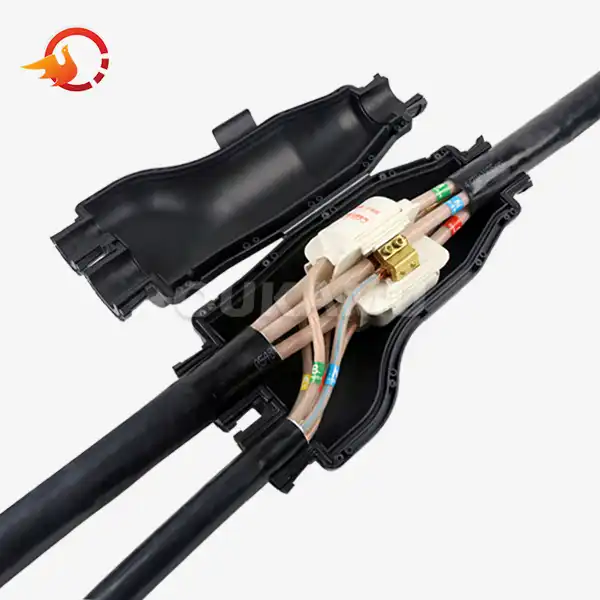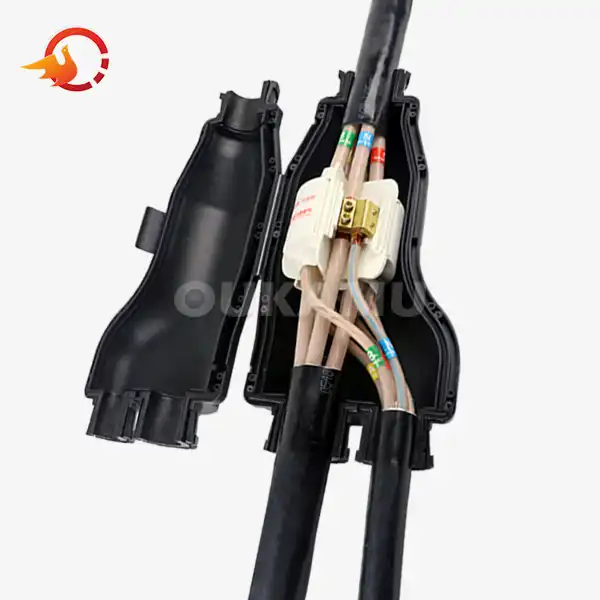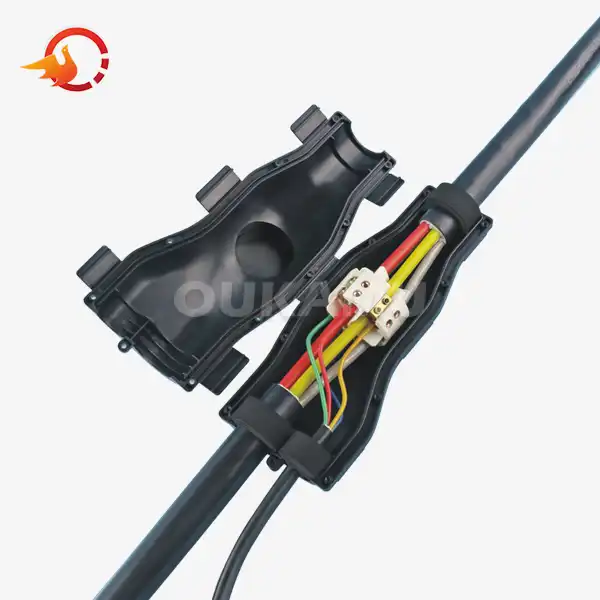What is the difference between high and low voltage cables?
 2025-03-24 09:39:27
View:389
2025-03-24 09:39:27
View:389In the world of electrical engineering, understanding the difference between high and low-voltage branch cables is significant for guaranteeing secure and proficient power conveyance. These two sorts of cables play distinctive parts in our electrical foundation, each planned to meet particular needs and challenges. This article will dig into the key differences between high and low-voltage cables, investigating their characteristics, applications, and significance in modern electrical frameworks.
Defining High and Low Voltage Cables
Before we explore the differences, it's essential to establish what constitutes high and low voltage in the context of electrical cables. Generally, low voltage cables are designed to carry voltages up to 1000V AC or 1500V DC. These cables are commonly found in residential and commercial buildings, powering everyday appliances and lighting systems.
On the other hand, high voltage cables are engineered to transmit voltages exceeding 1000V AC or 1500V DC. These cables are primarily used in power transmission and distribution networks, carrying electricity over long distances from power plants to substations and then to local distribution networks.
The distinction between high and low voltage is not just a matter of the electrical potential they carry; it also reflects significant differences in their construction, insulation, and application. Let's explore these differences in more detail.
Key Differences in Construction and Insulation
One of the most noticeable differences between high and low voltage cables lies in their construction and insulation materials. Low-voltage branch cables typically feature simpler construction, with a conductor (usually copper or aluminum) surrounded by a layer of insulation and an outer protective sheath. The insulation for low voltage cables is often made from materials such as PVC (Polyvinyl Chloride) or XLPE (Cross-Linked Polyethylene).
High voltage cables, however, require more complex construction to handle the higher electrical stresses. These cables often incorporate multiple layers of insulation and shielding to prevent electrical breakdown and minimize power losses. The insulation materials used in high voltage cables are typically more advanced and may include materials like XLPE, EPR (Ethylene Propylene Rubber), or even oil-impregnated paper in some older systems.
The conductor size in high voltage cables is generally larger to accommodate the higher current carrying capacity required for long-distance power transmission. Additionally, high voltage cables often feature metallic shields or screens to contain the electric field within the cable and protect against external interference.
Another crucial difference is the inclusion of additional components in high voltage cables. These may include:
- Semiconducting layers to evenly distribute the electrical stress across the insulation
- Metallic sheaths for grounding and protection against moisture ingress
- Armoring for mechanical protection, especially in underground or submarine applications
The more complex construction of high voltage cables reflects the challenges of safely transmitting large amounts of electrical energy over long distances. This sophisticated design helps to minimize power losses, reduce the risk of electrical faults, and ensure the longevity of the cable under high electrical stress conditions.
Applications and Installation Considerations
The applications of high and low-voltage branch cables differ significantly, reflecting their distinct capabilities and design characteristics. Low voltage cables are ubiquitous in our daily lives, found in residential wiring, office buildings, and industrial facilities. The power everything from household appliances to lighting systems and small machinery.
Some common applications of low voltage cables include:
- Residential electrical wiring
- Commercial building power distribution
- Industrial control systems
- Automotive electrical systems
- Data and communication networks (e.g., Ethernet cables)
Low voltage cables are typically easier to install and maintain, often requiring less specialized equipment and expertise. They can be routed through walls, ceilings, and conduits with relative ease, making them adaptable to various installation scenarios.
High voltage cables, conversely, are primarily used in power transmission and distribution networks. Their applications include:
- Overhead power lines for long-distance transmission
- Underground power distribution in urban areas
- Submarine cables for offshore wind farms and island connections
- Industrial power supply for large manufacturing facilities
- Railway electrification systems
The installation of high voltage cables is a more complex and specialized process. It often requires heavy machinery for handling the larger and heavier cables, as well as specialized termination and jointing techniques to ensure proper insulation and protection against electrical stress. Safety considerations are paramount when working with high voltage cables, necessitating strict adherence to safety protocols and regulations.
One innovative solution in the realm of low-voltage branch cables connections is the use of branch cable connectors. These connectors, such as those developed by Xi'an Oukamu Electric Co., Ltd., offer several advantages for on-site cable installations:
- Flexibility in branch positioning, allowing for adjustments based on actual installation paths
- Improved coiling efficiency, as trunk and branch cables can be installed separately
- Adaptability to complex topologies and special-shaped laying scenarios
- Enhanced damage resistance during transportation and installation
- Ability to respond flexibly to project changes without the need for re-customization
These innovative connectors exemplify how advancements in cable connection technology can significantly improve the efficiency and flexibility of low voltage cable installations, particularly in complex or dynamic project environments.
The choice between high and low voltage cables is not just a matter of the voltage level required but also considers factors such as power transmission distance, environmental conditions, and specific application requirements. Understanding these differences is crucial for electrical engineers, installers, and project managers to ensure the safe and efficient design and implementation of electrical systems.
Conclusion
In conclusion, while high and low-voltage branch cables serve different purposes in our electrical infrastructure, both are essential for the reliable and efficient distribution of electrical power. From powering our homes and offices to transmitting electricity across vast distances, these cables form the backbone of our modern electrical systems.
As technology continues to advance, we can expect further innovations in cable design and installation techniques, improving the efficiency, reliability, and safety of our power distribution networks. For more information about innovative cable connection products, including low-voltage branch cable connectors, please contact Xi'an Oukamu Electric Co., Ltd. at info@okmbranchcable.com.
References
1. Smith, J. (2021). "High Voltage Engineering: Fundamentals and Applications." IEEE Press.
2. Johnson, R. (2020). "Low Voltage Electrical Wiring: A Practical Guide." Electrical Engineering Today.
3. Brown, A. et al. (2019). "Comparative Analysis of High and Low Voltage Cable Insulation Materials." Journal of Power Systems Engineering, 45(3), 278-295.
4. Lee, S. (2022). "Advancements in Cable Connection Technologies for Low Voltage Applications." International Conference on Electrical Systems (ICES 2022).
5. Wilson, M. (2018). "Power Transmission and Distribution: High Voltage Cable Systems." Energy Systems Review, 12(2), 145-160.















